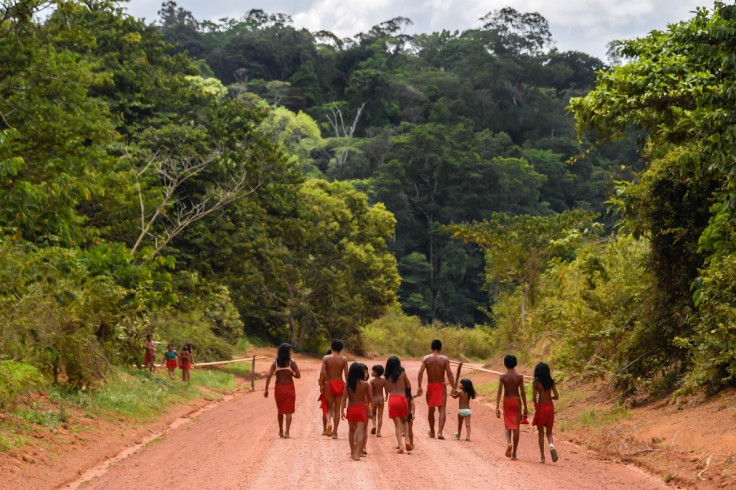Amazon Rainforest at the verge of transitioning into savanna, scientists warn
Nearly 40 percent of the Amazon jungle could change into a savanna ecosystem if rainfall levels continue to drop, as per a study.
The Amazonia is at risk of turning into a mixed woodland-grassland ecosystem of Savanna. According to new research, 40 percent of the Amazon Rainforest could transition into drylands due to climate change.
Amazon is the world's largest tropical rainforest. Spread across nine nations, the jungle is referred to as lungs of the Earth which produces nearly 20 percent of earth's oxygen. It is the most biodiverse region on our planet with millions of species of plants and animals co-existing in one place.
Researchers at the Stockholm Resilience Centre used computer models and data analysis to understand the current situation of the rainforests in the wake of reducing levels of rainfall and rising temperatures. As per the Science Daily press release, scientists revealed that these areas particularly are highly sensitive to changes that impact rainfall for a longer period of time. It could force the conditions to transform into those similar to drier lands.
"In around 40 percent of the Amazon, the rainfall is now at a level where the forest could exist in either state -- rainforest or savanna, according to our findings," said lead author Arie Staal, formerly a postdoctoral researcher at the Stockholm Resilience Centre and the Copernicus Institute of Utrecht University.
Savanna ecosystems include scattered trees and drier areas with larger grasslands when compared to forests. They are also characterised by seasonal water availability, with majority of rainfall taking place in one season. Savannas are often subjected to wildfires due to high temperatures.
The concerns regarding Amazon's transformation are rising due to reduced levels of rainfall in some parts of the forest. The situation is expected to grow denser due to rising greenhouse gas emissions.
Studying the forests in various parts of the world, the scientists were able to understand how jungles adapt to the changes in atmospheric conditions.
"By using the latest available atmospheric data and teleconnection models, we were able to simulate the downwind effects of disappearance of forests for all tropical forests. By integrating these analyses over the entire tropics, the picture of the systematic stability of tropical forests emerged," said Obbe Tuinenburg, former assistant professor at the Copernicus Institute of Utrecht University and visiting scientist at the Stockholm Resilience Centre.
Meanwhile, Staal expressed his concern about shrinking forests and what happens if emissions are not reduced. "As forests shrink, we get less rainfall downwind and this causes drying leading to more fire and forest loss: a vicious cycle," he said.

The findings of the study were published in the journal "Nature Communications."
© Copyright IBTimes 2025. All rights reserved.





















